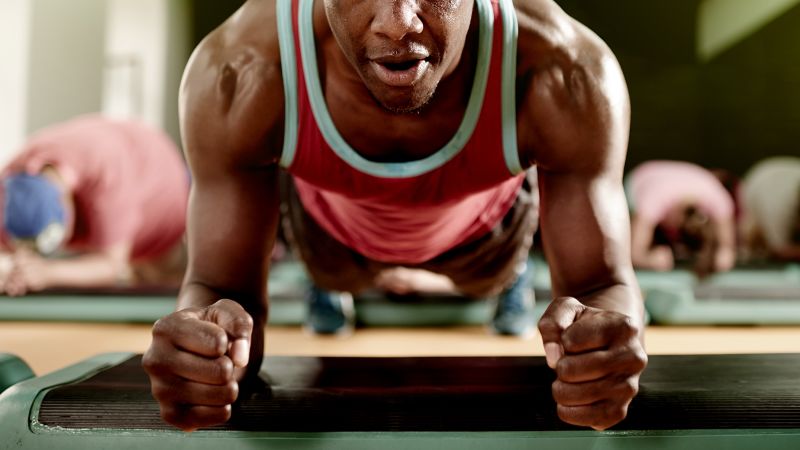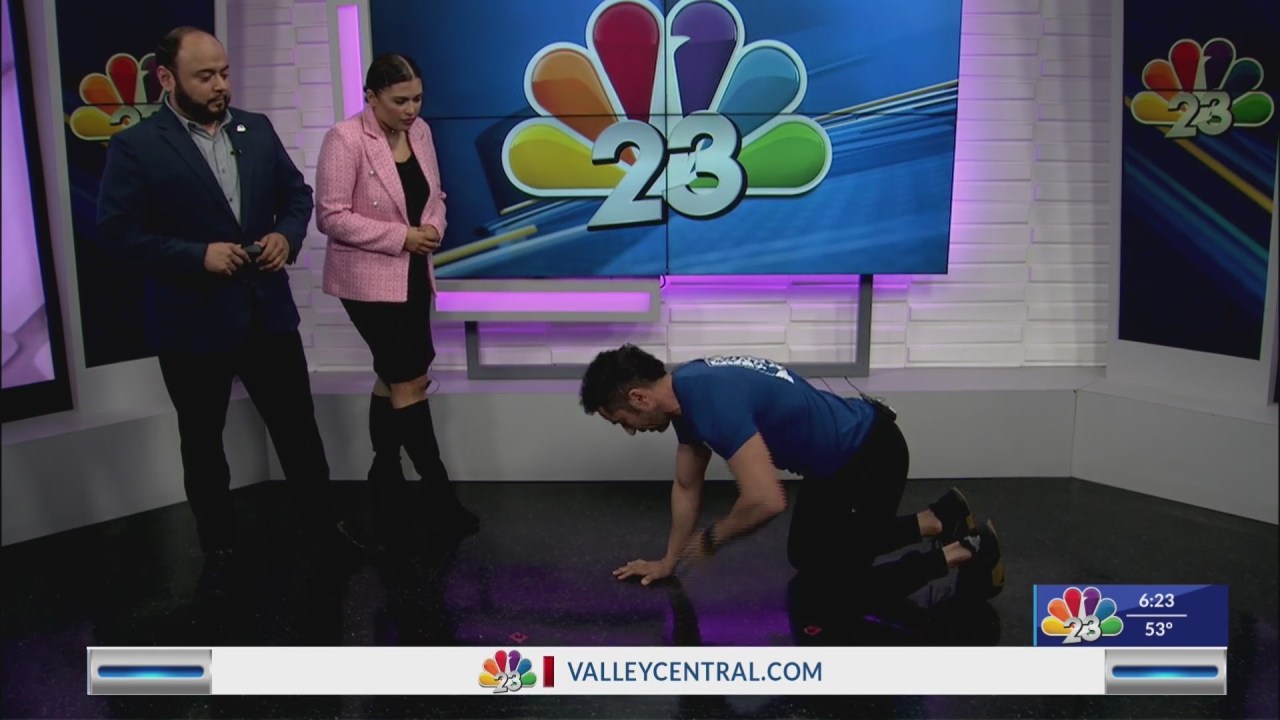Mastering Core Engagement: Essential Guide to Power Abs

Optimizing Your New Year’s Resolution: Engage Your Core
Editor’s note: Always remember to seek advice from your doctor before starting any new exercise regimen. If you experience any discomfort or pain, stop immediately.
As the New Year approaches, it’s common to resolve to get more exercise. Whether you’re seeking a fitness class, planning a routine with a personal trainer, or preparing to work out from home, you’re likely to encounter the phrase “engage your core” during your training.
The Importance of Core Engagement in Fitness
Understanding the importance of engaging or tightening your core is crucial for any fitness journey. A strong core is the foundation for becoming physically stronger and more effective in sports, shares Jahkeen Washington, a respected strength coach and owner of the Harlem Kettlebell Club in New York.
Beyond the gym, core training also improves stability and reduces the risk of future fall-related injuries. So, whether you’re a regular gym-goer or looking to get back into shape, activating your core muscles is essential for almost all workouts. But, what exactly does core engagement involve? Let’s delve into the muscles you should focus on, how to know if you’re doing it right, and some exercises to build core strength.
LEARN MORE: Find the best workouts tailored to you with this exercise quiz
Activating Your Core: A Comprehensive Approach
The first step to activating your core properly is recognizing which muscles are involved. Many people equate a strong core with a defined six-pack, notes Ashley Vielma, also known as Coach A.V., a Pilates instructor at Club Pilates Richmond in Texas. However, your abdominal muscles are just a part of the overall core strength equation.
“An individual can have visible abs but not necessarily a robust core. Conversely, someone with no visible abs can have a strong core based on how they’ve trained their abdominal muscles,” adds Washington.
Besides abs, your core also includes muscles in the back and pelvic floor. These muscles support everyday movements like sitting, walking, and bending forward by stabilizing your spine and trunk area. According to Vielma, having strong core muscles provides the ability to rotate and twist the torso effectively. It’s the force you need to pull someone back into an upright position after bending over.
Engaging Your Core: Avoid Common Mistakes
When it comes to engaging your core, one common misconception is to suck in the belly. However, Vielma explains that this action can actually weaken the core. It can put undue pressure on the back and neck as it forces the shoulders to lift and the neck to sink, potentially causing chronic pain over time. Moreover, such unnecessary tension can make it challenging to breathe normally and weaken other core muscles, such as the pelvic floor.
“Sucking in is the exact opposite of proper core engagement,” Vielma points out. Regular breathing exercises can teach the subtle differences between a relaxed and tense stomach. As you exhale, your stomach should naturally retract, indicating proper engagement of the core, adds Washington.
Building Core Strength: Incorporating Core Work in Your Exercise Routine
Given our everyday reliance on core muscles, Vielma recommends prioritizing core work in every workout. For beginners, you can start with simple breathwork exercises to familiarize yourself with core engagement.
Visualization is another effective way to learn how to activate the core. Imagine yourself as a boxer about to receive a punch to the stomach. In this scenario, you’d naturally brace your body to minimize damage. This means keeping your abs tense, which is a similar concept to engaging your core. Another visualization is imagining pulling your belly button inward towards your spine, as suggested by Marisa Fuller, owner of Studio Pilates International in Brooklyn, New York.
Effective Core Exercises: Planks and The Hundred
When it comes to building core strength, planks are an excellent exercise choice. Researchers have found that maintaining a plank pose is more effective at activating the core muscles than performing crunches. While executing a plank, ensure your shoulders are relaxed, your wrists are in line with your shoulders, and your spine is neutral to avoid sinking into your mat.
Starting with manageable goals, like holding a 10-second plank for two sets, and gradually working up to longer durations or more challenging variations such as side planks is a good approach, Washington suggests. However, avoid overdoing it. “If a 30-second plank is your limit, do not force yourself to hold for two minutes, as this can strain your core,” he warns. Gradual increases in the time spent holding a pose over several sessions will help you build strength sustainably.
Vielma recommends a Pilates exercise known as ‘the hundred’ to effectively engage your core. In this exercise, you lift your neck and chest off the mat with your shoulders and arms extended in front, about an inch or two above the hips. Your legs should be lifted slightly off the ground (either extended or bent), and you should simultaneously crunch up while pumping your arms up and down.
Consistency is Key: Practicing Core Exercises Regularly
Just like any other workout, consistency in training yields the most significant results. Washington recommends incorporating at least one or two core exercises in every workout. Even if you can only exercise once a week, adding core work to your session helps build strength, shares Fuller. With consistent training, you might start seeing results in as little as eight weeks.
For the best possible results, Fuller advises practicing core exercises at least three times a week. So, are you ready to engage your core and unlock a stronger, fitter you in the New Year?
Jocelyn Solis-Moreira is a New York-based freelance health and science journalist.
—
Read More Health & Wellness News; US Lifestyle News


Leave a Comment